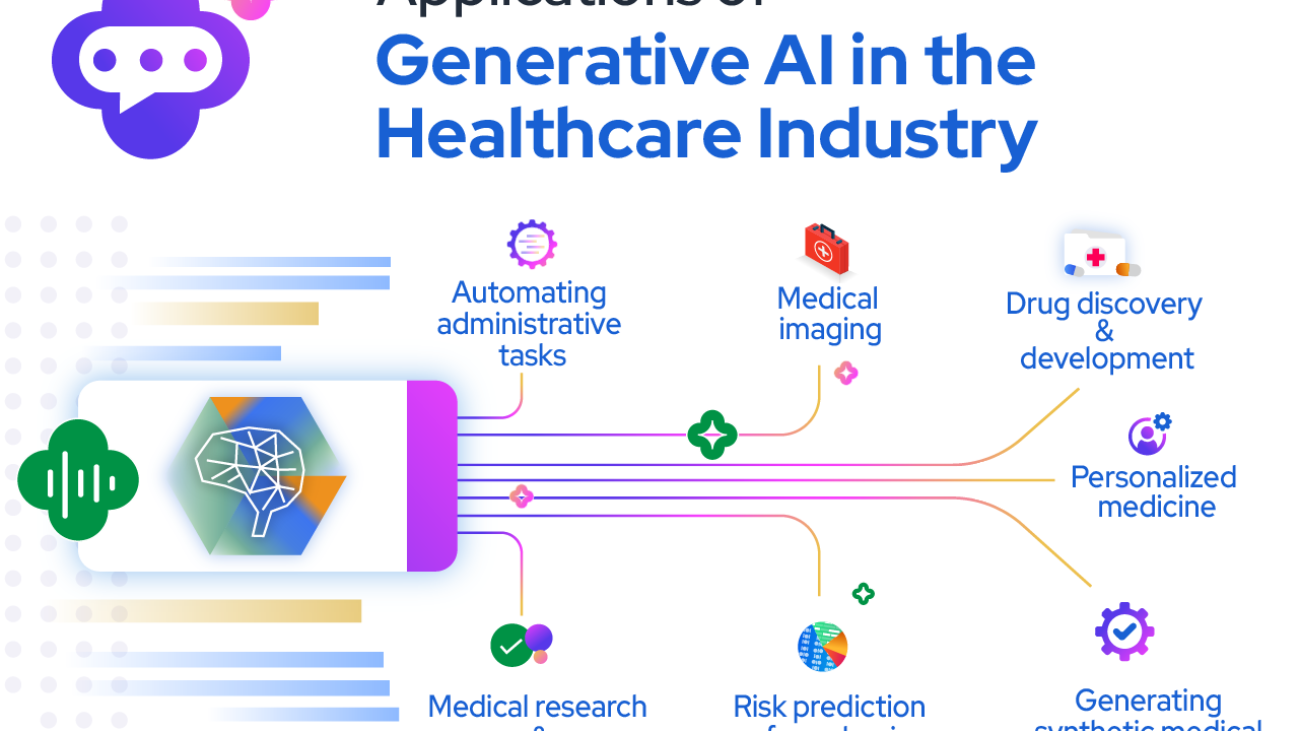The International Classification of Diseases (ICD) is a globally used diagnostic tool for epidemiology, health management, and clinical purposes. Managed by the World Health Organization (WHO), it provides a system of diagnostic codes for classifying diseases, including nuanced information about a patient’s condition. The ICD-10, implemented in the early 1990s, has been the standard for decades. However, the introduction of ICD-11 marks a significant update designed to meet the evolving needs of the healthcare industry. This blog will explore the key differences between ICD-10 and ICD-11 and discuss why the transition matters.
Expanded and Updated Codes
One of the most notable differences between ICD-10 and ICD-11 is the expansion and update of diagnostic codes. ICD-11 includes over 55,000 unique codes, compared to the approximately 14,400 codes in ICD-10. This increase allows for more precise and detailed coding, which can lead to better patient care and more accurate epidemiological tracking. The expanded codes in ICD-11 cover new and emerging diseases, reflecting advances in medical knowledge and practice.
Enhanced Digital Integration
ICD-11 is designed with digital integration in mind, making it more compatible with electronic health records (EHR) and other digital health systems. It includes a coding tool that helps users find the correct codes quickly and easily, facilitating more efficient data entry and reducing the likelihood of errors. This digital-first approach is intended to streamline the coding process and enhance interoperability across different healthcare platforms.
Improved Clinical Detail
ICD-11 offers improved clinical detail, allowing for more specific diagnoses and treatment plans. For instance, it includes new chapters and categories, such as traditional medicine conditions, conditions related to sexual health, and gaming disorder. This level of detail helps healthcare providers deliver more targeted and effective care, improving patient outcomes and advancing public health initiatives.
Simplified Structure and Coding Rules
The structure and coding rules of ICD-11 have been simplified compared to ICD-10, making it easier for healthcare professionals to use. The new system aims to reduce ambiguity and enhance the clarity of coding guidelines, which can help decrease the administrative burden on healthcare providers. Simplified coding rules also contribute to more consistent and accurate data collection, essential for health statistics and research.
Global Consistency and Relevance
ICD-11 has been developed with a global perspective, incorporating input from healthcare professionals worldwide. This ensures that the classification system is relevant and applicable across different regions and healthcare settings. The global consistency of ICD-11 promotes better communication and data sharing between countries, facilitating international research and collaboration.
Why the Transition Matters
The transition from ICD-10 to ICD-11 is crucial for several reasons. Firstly, it reflects the latest advancements in medical science, ensuring that the classification system remains current and relevant. Secondly, the increased specificity and detail of ICD-11 codes can lead to improved patient care, as healthcare providers can make more informed decisions based on precise diagnostic information. Thirdly, the digital integration of ICD-11 supports the growing adoption of EHRs and other digital health technologies, enhancing the efficiency and accuracy of medical record-keeping.
Furthermore, the global consistency of ICD-11 enables better tracking and comparison of health data across countries, which is essential for addressing global health challenges. The transition also supports healthcare research by providing more detailed and accurate data, which can inform public health policies and interventions.
Conclusion
ICD-11 represents a significant advancement over ICD-10, offering expanded codes, enhanced digital integration, improved clinical detail, simplified coding rules, and global relevance. The transition to ICD-11 matters because it aligns the classification system with modern medical practices and technologies, ultimately contributing to better patient care and more effective public health initiatives. As healthcare continues to evolve, the adoption of ICD-11 will play a pivotal role in ensuring that diagnostic coding keeps pace with the latest developments in the field.



